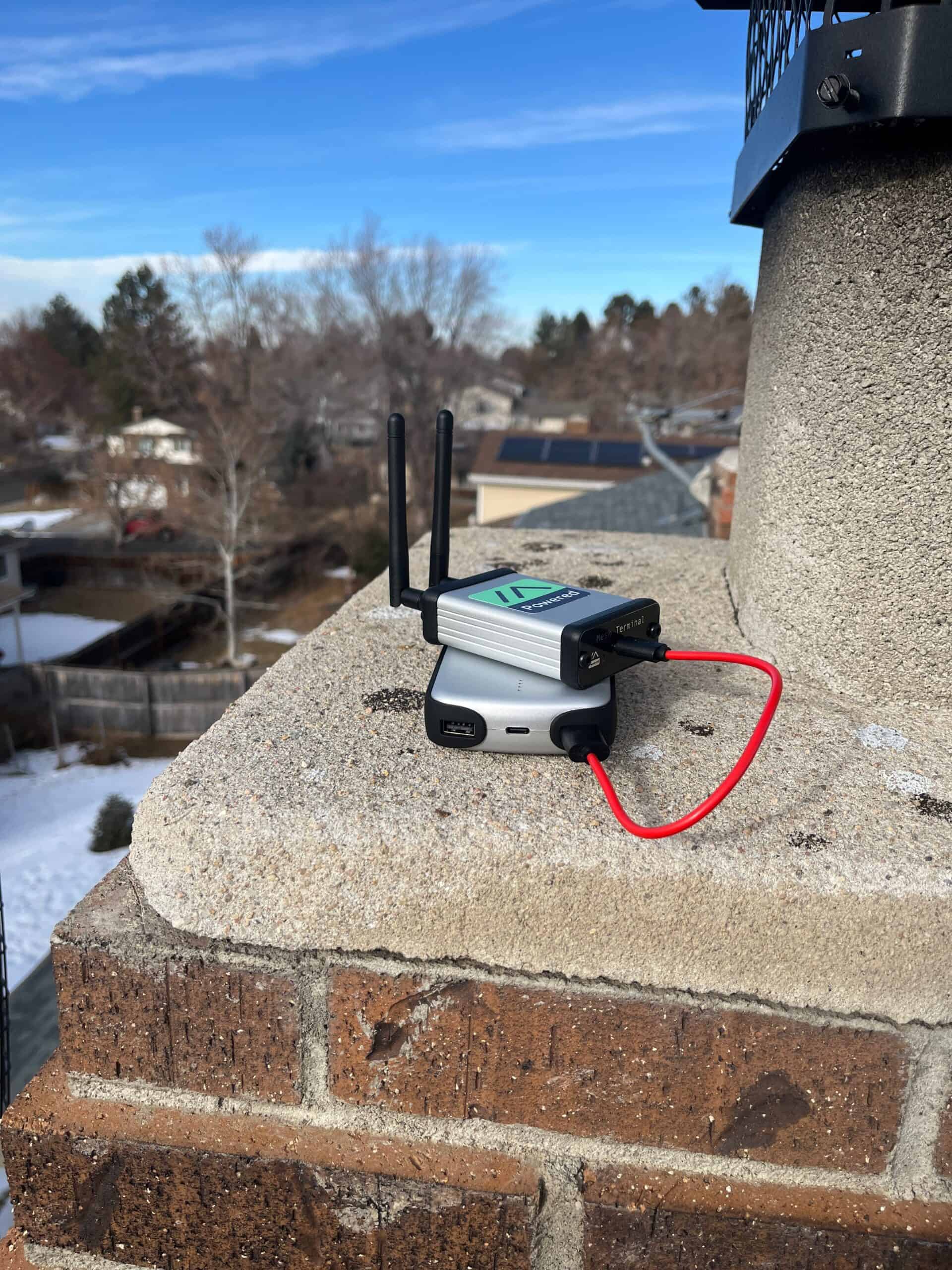Recently, I embarked on an intriguing adventure with Meshtastic, a burgeoning off-grid network designed to foster communication in the absence of traditional connectivity. Meshtastic presents a novel concept, especially appealing for those of us keen on off-grid communication technologies. It operates through a network of solar-powered nodes distributed nationwide, with some nodes also connected to commercial power for experimental purposes. The ultimate goal is to have all nodes battery powered by solar energy, ensuring network resilience even during complete power outages.
To join the Meshtastic network, users simply download the app on their Android or iOS devices (with plans to expand to other platforms) and connect to their personal node via Bluetooth. These nodes communicate with each other using the 900MHz LoRA platform, a promising yet challenging medium for communication.
Encountering Challenges
My initial excitement was tempered by a significant hurdle: I couldn’t connect with anyone. For context, the power output of Meshtastic devices is around 200mW, which might vary depending on the specific device used. This is considerably low, especially when compared to the power settings I’m accustomed to in ham radio. Even my WSPR beacon, which operates on HF with a similar power output, offers a different context due to its frequency band. The combination of low power, potentially suboptimal antennas, and the challenging 900MHz band made for a less than ideal setup.
Considering an upgrade, I explored options like a 900MHz Yagi antenna, high-quality feed lines (like LMR400), and solar panels. However, the escalating costs, coupled with my lack of success in connecting with others in Denver, led me to question the feasibility and return on investment of such enhancements. Even attempts to connect by visiting known MQTT node locations were futile, further dampening my enthusiasm.

Reflections on Adoption and Future Possibilities
Despite my challenges, it’s worth noting that Meshtastic has seen considerable success in other cities. Its infancy stage means there’s ample room for growth and improvement. However, the current lack of widespread adoption and recognition as a “standard” communication technology raises questions about its future trajectory. My goal was to find a reliable off-grid communication method akin to my experiences with ham radio, a goal that, unfortunately, remains unfulfilled with Meshtastic.
Ham radio, by contrast, offers a plethora of options for off-grid communication, including APRS—a system I utilize extensively, though many in the ham radio community do not fully exploit its capabilities beyond simple location beaconing.
Looking Ahead
While my immediate journey with Meshtastic may have reached a pause, the potential for networks like it, including HSMM-Broadband and AREDN, is undeniable. My experiences have often been tempered by the limited use and adoption of these technologies, a trend that continued with Meshtastic despite leaving my node active for several months in hopes of connecting with others.

For those curious about Meshtastic, I recommend conducting preliminary research to understand the level of activity in your area. Online forums, Reddit, Discord, and MQTT node maps can provide valuable insights. My intention is not to dissuade experimentation but to share my experience and the importance of setting realistic expectations for communication capabilities. To keep the spirit of Meshtastic alive, I quickly mailed my node to my friend Sam, K5JM in Austin, Texas where there is a Mesh network that I am frankly jealous of! Try getting others involved in your community. Try your ham radio club. I did all of these things, but there was little interest at the time.
Final Thoughts
Meshtastic is a testament to the innovative spirit of the off-grid communication community, offering a glimpse into the possibilities of decentralized, resilient networks. While my personal journey has encountered obstacles, the path forward for Meshtastic and similar technologies is filled with potential. Whether or not these networks will become a staple in off-grid communication remains to be seen, but their exploration and development is a journey worth embarking on for the adventurous and technically inclined.

Comments
One response to “Navigating the Off-Grid Potential of Meshtastic: A Personal Journey”
Hey Johnny, some really good points. We have some really enthusiastic Meshtastic users here in Austin and I’ve utilized the node you gifted me in a mobile application. It’s been a lot of fun but it definitely took several months of community building to start seeing results.
I admit I was skeptical at first when someone gave a presentation at our local ham radio club meetup. But several more meetings over time yielded more users and securing access to some strategic locations for “repeaters”. Unlike ham radio vhf/uhf repeaters that require a lot of equipment and power, the Meshtastic nodes can be solar powered and have a relatively low profile.
Where will the community here go ? I guess we’ll see. My home location is still on the fringe but even the course of 3 weeks it’s been growing. Thanks again for your generous gift !